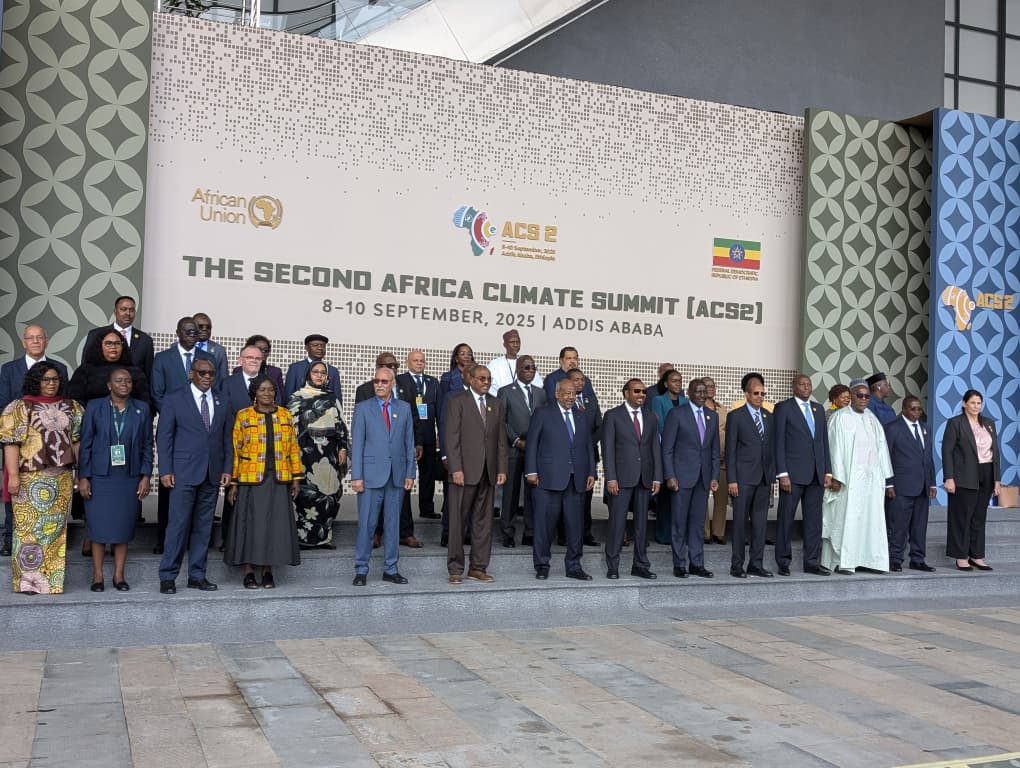Written By: Faith Jemosop
A New Threat Amplifies a Century-Old Disease
Africa already bears the brunt of the global malaria crisis, accounting for a staggering 94% of cases worldwide. But a new study now signals an even graver future. If current trends persist, the number of days with extremely high malaria infection risk could double by the year 2100, particularly in Central, East, and West Africa.
Published in the Lancet Planetary Health Journal, the study combines advanced climate modeling with epidemiological data to assess how rising temperatures, changing rainfall patterns, and rapid urbanization will interact to shape the future of malaria transmission on the continent. The findings are alarming, but not inevitable.
What the Study Found
Using high-resolution climate simulation models, researchers projected malaria risk across Africa under various warming scenarios. The results show a stark shift:
- By 2100, large swathes of Africa will see a doubling of malaria transmission days.
- The climate urbanization nexus is a potent driver: higher temperatures accelerate mosquito breeding, while growing cities provide dense human hosts and poor drainage systems.
- Some cities, such as Kinshasa, Lagos, Nairobi, and Kampala, could become epicenters of year-round malaria transmission, something previously uncommon in highland or cooler regions.
Dr. Kris Murray, one of the lead authors, said, “We are seeing the collision of two mega-trends, climate change and urban growth, that together are redrawing Africa’s malaria map.”
Why Climate Change Matters
Malaria is transmitted by Anopheles mosquitoes, whose life cycles are highly sensitive to climate conditions. Here’s how global warming changes the equation:
- Temperature: Warmer temperatures (within the 25–30°C range) allow mosquitoes to mature faster and live longer. This boosts the chances of parasite development inside the mosquito, increasing the likelihood of transmission.
- Rainfall: More intense and erratic rainfall leads to stagnant water bodies, which are perfect breeding grounds.
- Droughts: Counterintuitively, droughts can concentrate water sources and bring humans and mosquitoes closer together.
This means that both wetter and drier conditions, depending on context, can lead to higher malaria risk.
Also read: How Safe Is the Air You’re Breathing Today? What South Africans Need to Know
The Urbanization Factor
Africa is the fastest urbanizing continent on the planet. According to UN-Habitat, by 2050, over 60% of Africans will live in urban areas, many of which are informal settlements lacking basic services.
These dense, poorly drained, and overcrowded spaces provide a perfect storm for malaria spread:
- Inadequate housing increases exposure to mosquitoes.
- Poor sanitation and drainage systems create pools of stagnant water.
- Limited access to healthcare means infections go untreated longer, increasing transmission.
Historically, urbanization helped reduce malaria by improving living conditions. But in Africa, unplanned urban growth is reversing that trend.
Regions Most at Risk
The study highlights that malaria expansion won’t be uniform. Some regions will experience disproportionate impacts:
- Central Africa: Already a malaria hotspot, it’s expected to see the highest surge due to consistent rainfall and rising heat.
- East Africa: Highland regions, such as parts of Ethiopia and Kenya, could become new malaria zones as warming temperatures allow mosquito survival at higher altitudes.
- West Africa: Urban corridors from Lagos to Accra could become permanent malaria transmission zones without interventions.
This shift will challenge existing health systems that are already stretched and underfunded.
A Future We Can Still Change
While the study paints a grim picture, it also outlines a path forward. The researchers stress that targeted investments can dramatically alter this trajectory.
Key interventions include:
- Improved Housing: Simple modifications such as sealed roofs, screened windows, and proper ventilation can significantly reduce mosquito entry.
- Insecticide-Treated Nets (ITNs): Despite widespread campaigns, ITN coverage remains uneven. Scaling up access remains vital.
- Indoor Residual Spraying (IRS): This method, though effective, requires consistent funding and community trust to succeed.
- Vaccines: The RTS,S malaria vaccine, recently recommended by the WHO for broader use, offers new hope. Gavi has committed funding to help African countries roll it out.
- Urban planning: Investing in proper drainage, sanitation, and waste management in growing cities can eliminate breeding sites before they become problems.
The World Health Organization estimates that scaling up these tools could save 4 million lives by 2030. But time is running out.
Climate Adaptation Must Include Disease Control
There’s a broader lesson here: climate adaptation strategies must integrate public health measures.
Too often, health is treated as a side effect of climate change, rather than a central concern. Yet diseases like malaria, dengue, and cholera are sensitive climate indicators, and early warnings of systemic failure.
Africa’s health systems must be climate-proofed:
- Disease surveillance needs to incorporate climate data.
- Forecasting models should guide vector control operations.
- Investments in climate-resilient health infrastructure are critical.
Also read: Severe Cold Front Hits South Africa as Snowfall Causes Fatal Crash and Power Outages
Without this integrated approach, the gains of the past two decades could be lost.
Malaria is not a relic of the past, it’s a future threat, magnified by the climate crisis.
Global health agencies, African governments, and donors must act with urgency:
- Incorporate malaria risk into National Adaptation Plans (NAPs).
- Strengthen cross-border health surveillance, especially in mobile populations and urban areas.
- Support research and innovation, from genetic mosquito control to AI-based outbreak prediction.
Above all, the response must be proactive, not reactive.
Africa stands at a crossroads. Climate change and urban growth are reshaping not just landscapes but disease landscapes. The new study is not a prophecy of doom, it is a blueprint for urgent action.
With smart, sustained investment in malaria control and climate adaptation, Africa can avoid a public health catastrophe and continue moving toward elimination.
The world cannot afford to wait until 2100 to act. The time is now.


